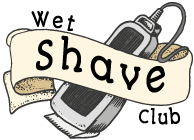Curious about wet shaving with an electric shaver? Is it safe to combine water and electricity in your grooming routine? The answer: yes, with caution.
Wet shaving with an electric shaver offers a blend of convenience and effectiveness, but it’s essential to navigate potential risks.
Understanding proper technique, equipment compatibility, and skincare practices is key to a successful experience.
In this blog, we will delve into the safety considerations of wet shaving with an electric shaver, exploring tips and strategies to ensure a smooth and comfortable shave without compromising on skin health.
Whether you’re a seasoned shaver or new to the concept, uncover the insights you need to elevate your grooming routine and achieve optimal results with confidence. So, stay focused.
Wet Shaving with Electric Shaver: Is It Safe?
Wet shaving with an electric shaver is generally safe, but there are a few considerations. Firstly, ensure that the electric shaver is specifically designed for wet use to avoid damage.
Secondly, always use a compatible shaving gel or foam to provide lubrication and protection to your skin.
This helps reduce irritation and razor burn. Additionally, make sure your skin is clean and properly hydrated before shaving to achieve the best results.
While electric shavers are generally considered safer than traditional razors because they are less likely to cause cuts or nicks, it’s still important to use caution and gentle pressure, especially on sensitive areas of the skin.
Overall, wet shaving with an electric shaver can be a convenient and safe option for many, but proper technique and equipment selection are key to avoiding irritation or discomfort.
How to Try Wet Shaving with an Electric Shaver?
Wet shaving with an electric shaver can be a game-changer for those looking for a convenient yet effective shaving experience.
By combining the benefits of wet shaving with the efficiency of an electric shaver, you can achieve a smooth and comfortable shave without the hassle of traditional razors.
Below are some of the essential steps to master wet shaving with an electric shaver:
1. Preparing Your Skin
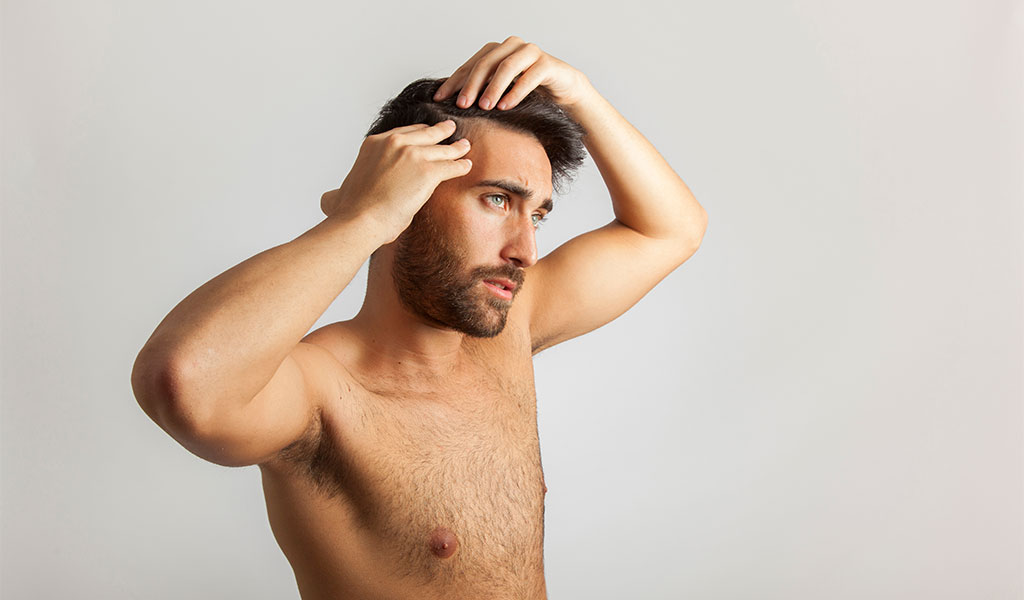
The foundation of a successful wet shave with an electric shaver lies in proper skin preparation. Before you even think about turning on your shaver, take a few moments to prepare your skin for the shaving process.
Start by washing your face with warm water and a gentle cleanser. This step helps to remove any dirt, oil, and dead skin cells that could potentially clog the shaver or hinder its performance.
Additionally, the warmth of the water helps to soften the hair follicles and open up your pores, making it easier for the shaver to glide smoothly over your skin.
Once you’ve thoroughly cleansed your face, pat it dry with a clean towel. Avoid rubbing your skin vigorously, as this can cause irritation, especially if you have sensitive skin.
Instead, gently blot your skin to remove excess moisture, leaving it slightly damp for the shaving process.
2. Wetting the Electric Shaver
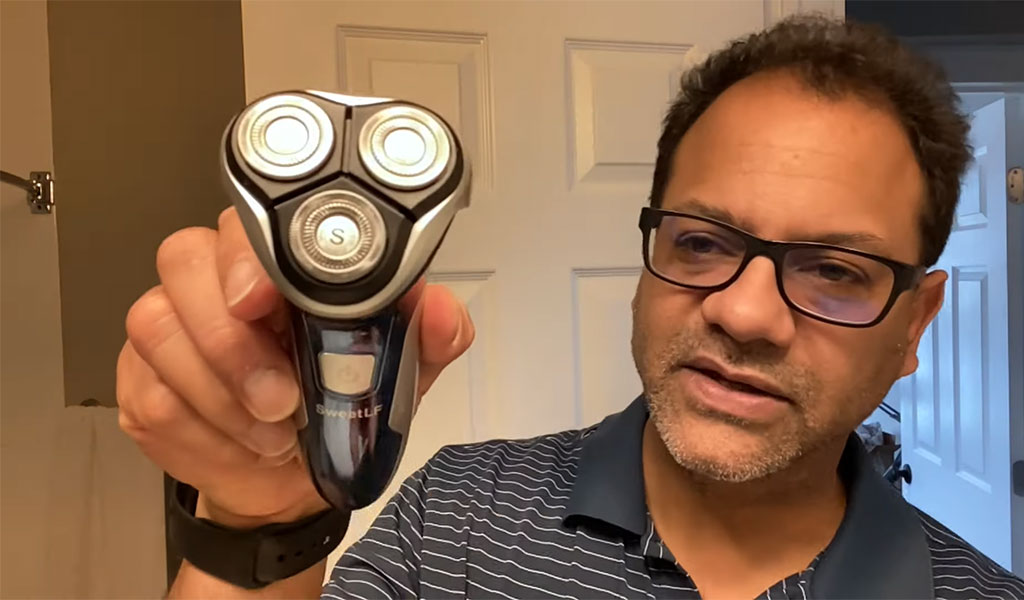
While most electric shavers are designed for dry shaving, there are models available that are specifically engineered for wet use.
If your electric shaver is waterproof and approved for wet shaving, you have the option to wet the shaving head under running water before you begin.
This step helps to ensure that the blades are clean and free from any debris that could affect their performance.
However, it’s important to note that not all electric shavers are suitable for wet shaving. Using a non-waterproof shaver in wet conditions can damage the device and pose a safety risk.
Always refer to the manufacturer’s instructions to determine whether your specific model is safe for wet use. If your shaver is not waterproof, you can still achieve a wet shave by applying shaving gel or cream to your face before shaving.
3. Applying Shaving Gel or Cream
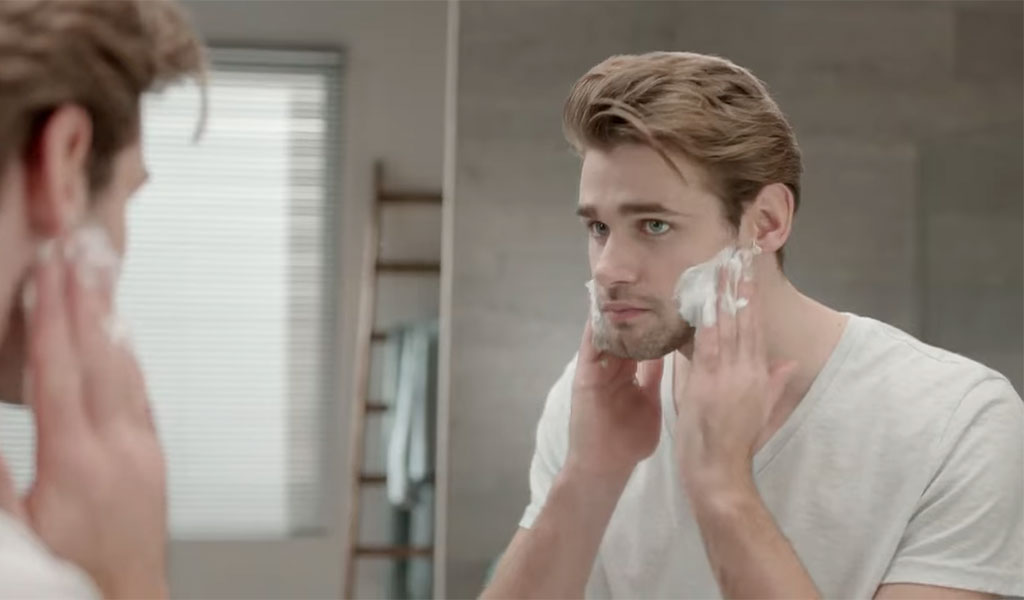
One of the key benefits of wet shaving with an electric shaver is the ability to use shaving gel or cream to lubricate your skin and provide a smooth shaving surface.
When choosing a shaving gel or cream, opt for a product that is specifically formulated for sensitive skin and provides ample lubrication.
Look for ingredients like aloe vera or glycerin, which help to hydrate and protect your skin during the shaving process.
To apply the shaving gel or cream, dispense a small amount onto your fingertips and massage it gently into your beard area. Make sure to cover the entire area you’ll be shaving, ensuring that the shaving surface is well lubricated.
The shaving gel or cream creates a protective barrier between the shaver and your skin, reducing friction and minimizing the risk of irritation or razor burn.
4. Starting with Light Pressure
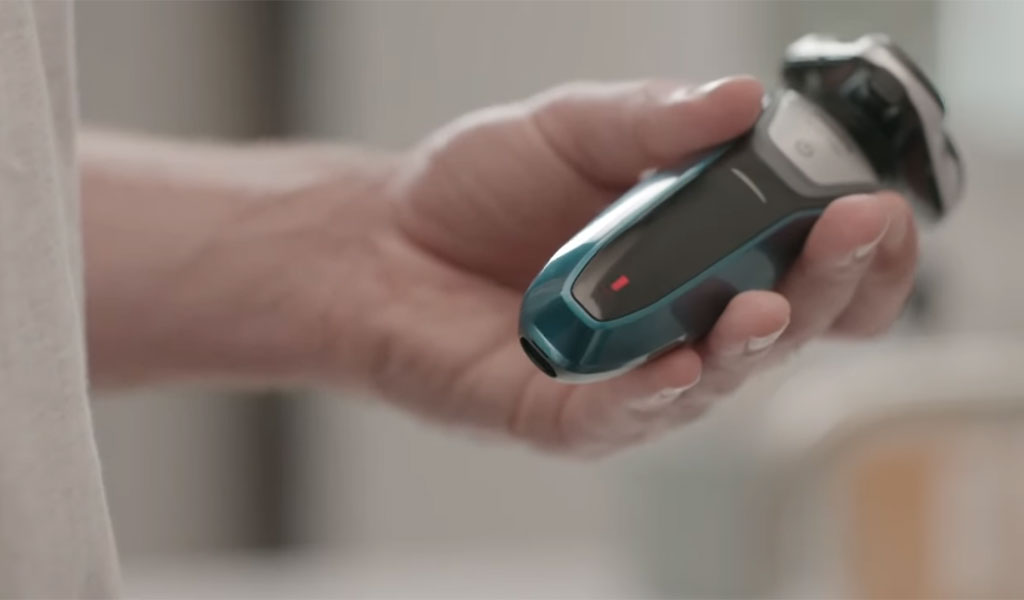
Once your skin is prepped and the shaving gel or cream has been applied, it’s time to start shaving. When using an electric shaver for wet shaving, it’s important to remember that less is more when it comes to pressure.
Unlike manual razors, which require a certain amount of pressure to achieve a close shave, electric shavers rely on the oscillation or rotation of blades to cut hair.
Applying too much pressure with an electric shaver can impede the movement of the blades and cause discomfort or irritation. Instead, let the weight of the shaver and the gentle motion of your hand guide the shaving process.
Start with light pressure, allowing the shaver to glide smoothly over your skin without pressing too hard.
If you find that the shaver is struggling to cut through your beard, try adjusting the angle of the device or shaving in a different direction to achieve better results.
5. Shaving in Small Sections
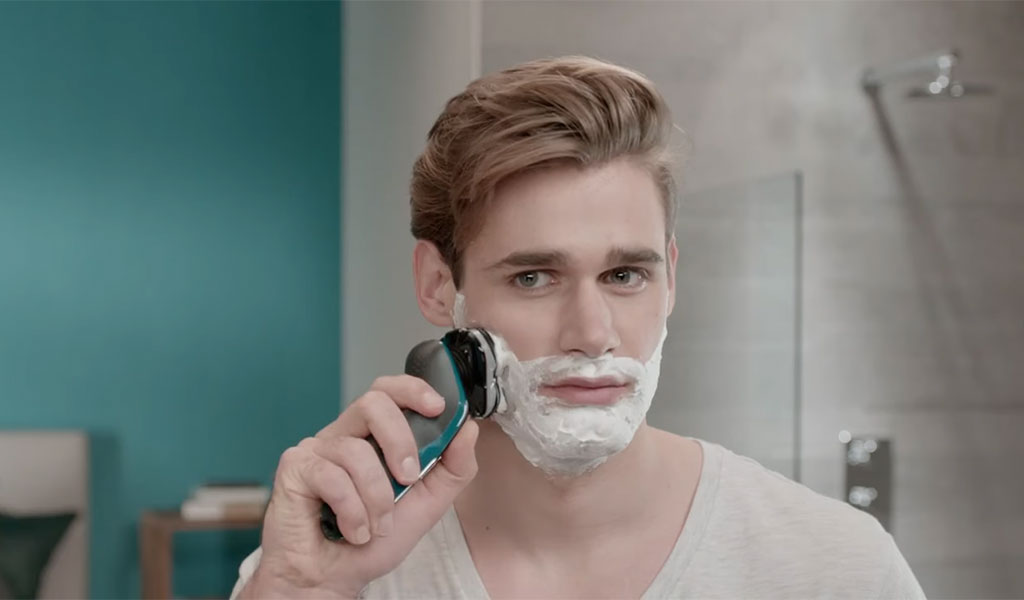
To achieve the closest shave possible with an electric shaver, it’s important to work in small sections, moving the device against the direction of hair growth.
This technique helps to lift the hair follicles and ensures that the blades can cut the hairs as closely as possible to the skin. Avoid going over the same area repeatedly, as this can increase the risk of irritation and ingrown hairs.
Instead, work systematically, covering one section at a time until you’ve shaved the entire area.
Take your time and pay close attention to the contours of your face, adjusting your grip and the angle of the shaver as needed to ensure a thorough shave.
For areas with particularly dense or stubborn hair growth, you may need to make multiple passes with the shaver to achieve the desired result.
6. Rinsing the Shaver Frequently
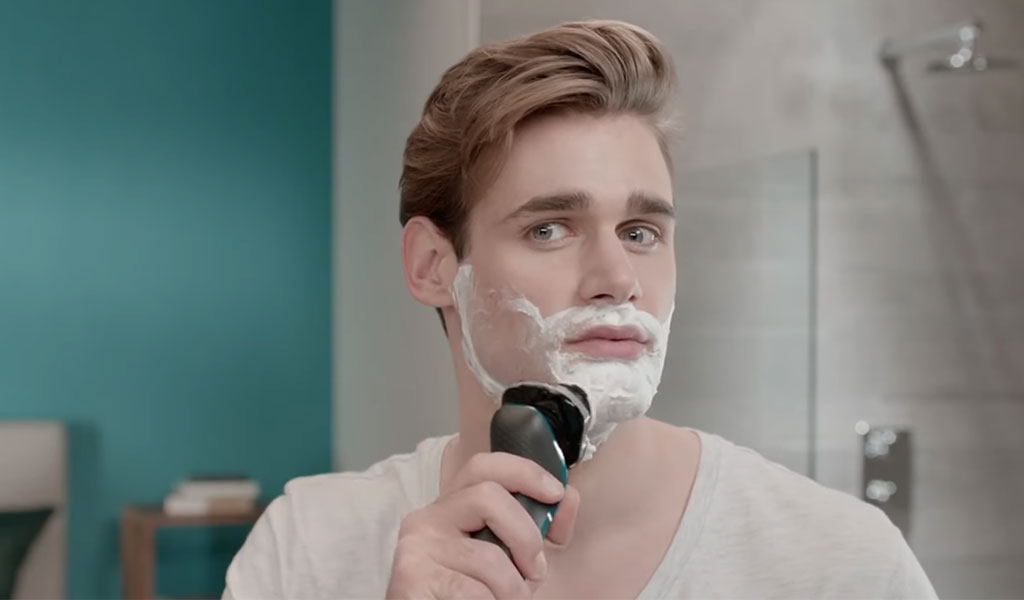
Throughout the shaving process, it’s important to rinse the electric shaver frequently under running water to remove any trapped hair, shaving gel, or cream.
This helps to maintain the shaver’s cutting performance and prevents clogging, ensuring a smooth and efficient shave. After each pass, hold the shaver under running water and gently shake it to dislodge any debris.
If your shaver has a cleaning brush, use it to remove stubborn hairs and buildup from the blades and shaving head.
Pay special attention to any hard-to-reach areas, such as the crevices around the blades or the underside of the shaving head.
Once the shaver is clean, shake off any excess water and continue shaving until you’ve achieved your desired level of smoothness.
7. Checking for Missed Spots

After you’ve finished shaving, take a moment to inspect your skin for any missed spots or stray hairs.
Use the electric shaver to touch up any areas that still have stubble, taking care to shave in the direction of hair growth to minimize irritation.
Pay close attention to tricky areas like the jawline, neck, and chin, where hair growth patterns may vary.
If you notice any areas that require additional attention, apply a small amount of shaving gel or cream and make a few quick passes with the shaver to remove any remaining stubble.
Take your time and use light pressure to avoid irritation or discomfort. Once you’re satisfied with the results, rinse your face with cool water to soothe and refresh your skin.
8. Moisturizing Your Skin After Shaving
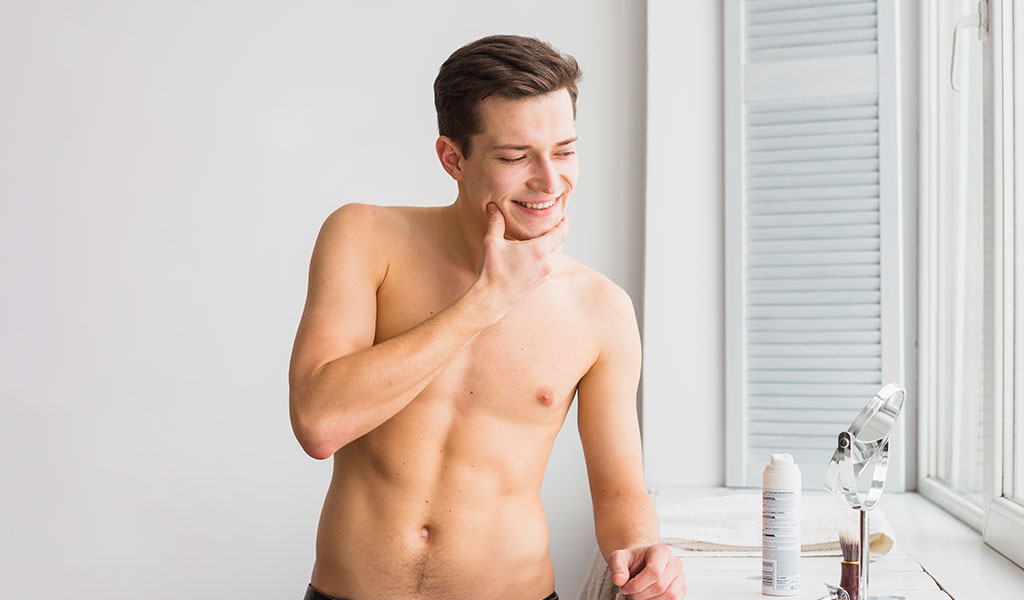
After you’ve completed your shave, it’s important to replenish moisture to your skin to keep it hydrated and comfortable.
Even though electric shavers are less likely to cause irritation compared to manual razors, shaving can still strip away natural oils from your skin, leaving it feeling dry and tight.
To combat this, apply a moisturizer or aftershave balm to your face immediately after shaving.
Look for products that are specifically formulated for post-shave care and contain soothing ingredients like aloe vera or chamomile. These ingredients help to calm any post-shave irritation and restore moisture balance to your skin.
Gently massage the moisturizer or aftershave balm into your skin using upward motions, paying special attention to areas that may be prone to irritation, such as the neck and jawline.
Wet shaving with an electric shaver offers a convenient and comfortable alternative to traditional shaving methods.
By following these steps and incorporating proper skincare techniques, you can achieve a smooth and irritation-free shave every time.
Risk Factors to be Careful of While Shaving Wet with an Electric Shaver
While wet shaving with an electric shaver offers many benefits, there are still some risk factors to be mindful of to ensure a safe and comfortable shaving experience. Here are the key considerations:
Electric Shock
Using an electric shaver in wet conditions carries the risk of electric shock if the device is not specifically designed for wet shaving.
Water and electricity don’t mix well, so it’s essential to use a shaver that is waterproof and approved for wet use.
Always follow the manufacturer’s instructions and safety guidelines to minimize the risk of electric shock.
Skin Irritation
Even with the use of shaving gel or cream, wet shaving with an electric shaver can still lead to skin irritation, especially for those with sensitive skin.
To minimize the risk of irritation, it’s important to choose a gentle shaving gel or cream that is suitable for your skin type.
Additionally, avoid pressing too hard with the shaver and make sure to shave in the direction of hair growth to reduce friction and irritation.
Cuts or Nicks
While electric shavers are generally safer than traditional razors, there is still a risk of cuts or nicks, particularly if the shaver is used improperly or if the blades are dull.
To minimize this risk, always use light pressure when shaving and avoid going over the same area repeatedly.
Keep your shaver clean and well-maintained to ensure optimal cutting performance and replace the blades as needed.
Razor Burn
Razor burn, characterized by redness, irritation, and discomfort, can occur when the skin is irritated during shaving.
Wet shaving with an electric shaver can reduce the risk of razor burn compared to dry shaving, but it’s still important to take precautions.
Use a high-quality shaving gel or cream to provide lubrication and protection to your skin, and avoid shaving over the same area too many times.
Ingrown Hairs
Ingrown hairs occur when a hair follicle becomes trapped beneath the skin’s surface, leading to inflammation and irritation.
While wet shaving with an electric shaver can help minimize the risk of ingrown hairs compared to manual razors, it’s still important to use proper shaving techniques.
Shave in the direction of hair growth to reduce the likelihood of hairs becoming trapped, and exfoliate your skin regularly to remove dead skin cells and prevent ingrown hairs from forming.
Skin Infections
Shaving, particularly in wet conditions, can create tiny cuts or abrasions on the skin, making it more susceptible to infection. To reduce the risk of skin infections, make sure to use a clean and properly maintained electric shaver.
Avoid sharing your shaver with others, as this can spread bacteria and increase the risk of infection. After shaving, rinse your skin with cool water to remove any debris, and apply a moisturizer or aftershave balm to soothe and protect your skin.
While wet shaving with an electric shaver offers many benefits, it’s important to be aware of the potential risks and take steps to minimize them.
Pro Tips While Shaving Wet with an Electric Shaver
Mastering wet shaving with an electric shaver requires attention to detail and employing certain pro tips to achieve the best results:
- Ensure your skin stays moist throughout the shaving process by either wetting it with warm water or using a pre-shave treatment to soften the hair follicles.
- Opt for a quality shaving gel or cream designed for sensitive skin. This provides lubrication, reducing friction and minimizing the risk of irritation.
- For a closer shave, go against the direction of hair growth. However, be cautious to avoid excessive pressure to prevent irritation.
- Gently stretch the skin in the direction you’re shaving to create a taut surface, allowing the shaver to glide smoothly for a closer shave.
- Regularly clean your electric shaver to remove hair and debris that can affect performance. Lubricate the blades as recommended by the manufacturer to maintain optimal cutting efficiency.
- Replace the blades or foils of your electric shaver when they become dull or worn out to ensure a consistently close and comfortable shave.
- After shaving, apply a soothing aftershave balm or lotion to hydrate and calm the skin, reducing post-shave irritation and leaving your skin feeling refreshed.
Wrapping Up
Wet shaving with an electric shaver can be a safe and effective option for achieving a smooth and comfortable shave.
While there are certain considerations to keep in mind, such as using a shaver specifically designed for wet use and employing proper shaving techniques, the benefits of wet shaving with an electric shaver are numerous.
By preparing your skin adequately, using a suitable shaving gel or cream, and shaving with light pressure in small sections, you can minimize the risk of irritation or discomfort.
Additionally, regularly rinsing and maintaining your shaver, along with moisturizing your skin after shaving, can contribute to a positive shaving experience.
With the right approach and attention to detail, wet shaving with an electric shaver can provide a convenient and satisfying grooming routine while prioritizing safety and skin health. Best wishes.
